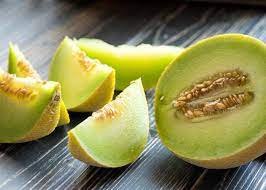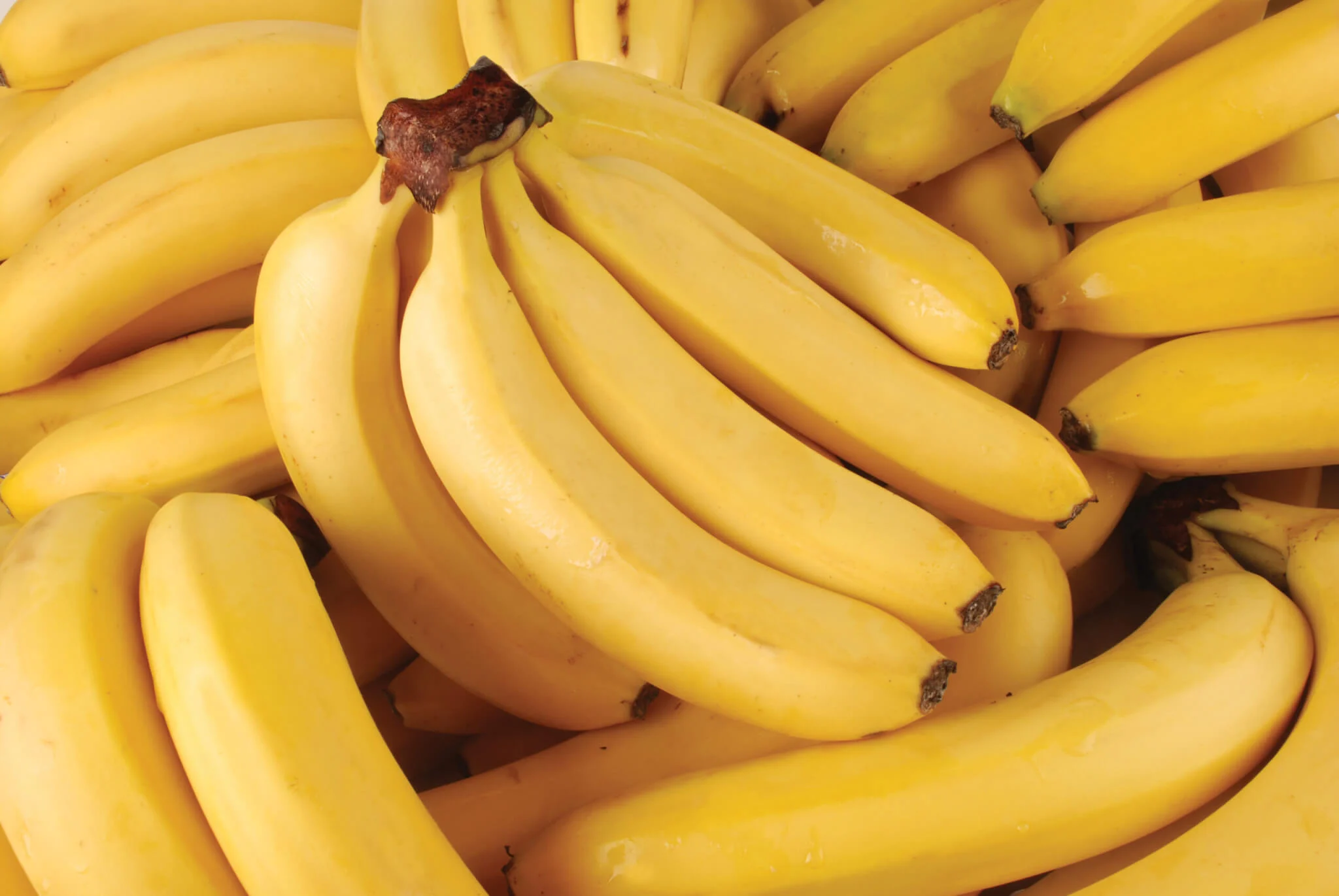Honeydew melon Fruit Facts,FAQs, Behaviour, Habitat, Conservation and more
 Honeydew melon Fruit Facts
Honeydew melon Fruit FactsHoneydew melon Fruit Facts | Description | Distribution and Habitat | Botany and evolution | Cultivation | Uses | Cultural | Interesting facts | frequently asked questions about Honeydew melon Fruit
Honeydew melon is a luscious and refreshing fruit that is bursting with juicy sweetness. Its smooth, pale green skin encases a succulent, white flesh that is packed with essential vitamins and minerals. With its delightful aroma and refreshing taste, honeydew melon is a must-try for fruit lovers everywhere.
Taxonomy of Honeydew melon Fruit
| Domain | Eukaryota |
|---|---|
| Kingdom | Plantae |
| Clade | Angiosperms |
| Clade | Eudicots |
| Clade | Rosids |
| Order | Cucurbitales |
| Family | Cucurbitaceae |
| Genus | Cucumis |
| Species | C. melo |
| Subspecies | C. m. inodorus (honeydew) |
Morphology of Honeydew melon Fruit
| Part | Description |
|---|---|
| Size | Average diameter of 15-22 cm |
| Shape | Round or oval shape |
| Color | Light green to pale yellow when ripe |
| Skin | Smooth, waxy skin with a light fuzz |
| Flesh | Sweet, juicy and pale green in color |
| Seed cavity | Contains a central cavity filled with seeds |
| Seeds | Small, white or cream-colored, and oval-shaped |
| Edible | Yes |
| Taste | Sweet, with a mild and refreshing flavor |
| Aroma | Mild, slightly sweet fragrance |
| Weight | Varies between 1.8-3.6 kg |
| Nutritional value | Rich in Vitamin C and A, potassium, dietary fiber, and water content. It is low in calories, fat, and cholesterol, making it a healthy addition to any diet. |

Description of Honeydew melon Fruit
Honeydew melon is a type of muskmelon that belongs to the Cucurbitaceae family. It is a round to oval-shaped fruit with a smooth, waxy, and pale green skin. The flesh of the fruit is juicy, sweet, and refreshing, and can range from pale green to white in color. The fruit is usually harvested when it is fully mature and ripe, as this is when it is at its sweetest and juiciest. Honeydew melons are typically eaten fresh, either as a standalone snack or as a part of a fruit salad. They are also used in a variety of desserts, smoothies, and cocktails.
Distribution and habitat of Honeydew melon Fruit
Honeydew melon is believed to have originated in Persia (modern-day Iran) and then spread to other parts of the world, including Europe, Africa, and Asia. Today, it is widely cultivated in many parts of the world, including the United States, Mexico, China, and Italy. The fruit thrives in warm and temperate climates and requires well-drained soil and plenty of sunshine to grow. It is typically grown in commercial farms and is available in most grocery stores and supermarkets throughout the year.
Botany and evolution of Honeydew melon Fruit
Honeydew melon, also known as Cucumis melo var. inodorus, is a member of the Cucurbitaceae family, which includes other fruits and vegetables such as cucumbers, pumpkins, and squash. The fruit is believed to have originated in Persia (modern-day Iran) and then spread to other parts of the world. Honeydew melon is a diploid species with 24 chromosomes and is thought to have arisen through hybridization events between two ancestral melon species. The evolutionary history of the honeydew melon is complex, with multiple subspecies and varieties that have been developed through human selection.
Cultivation of Honeydew melon Fruit
Honeydew melon is a warm-season crop that requires well-drained soil and plenty of sunshine to grow. The fruit is typically grown in commercial farms and is available in most grocery stores and supermarkets throughout the year. In terms of cultivation, honeydew melon is usually planted in the spring and takes around 70-90 days to mature. The fruit is typically harvested when it is fully mature and ripe, which is when it is at its sweetest and juiciest. Honeydew melon is typically grown using a variety of techniques, including trellising, mulching, and drip irrigation.
Uses of Honeydew melon Fruit
Honeydew melon is a versatile fruit that can be eaten fresh, used in desserts, smoothies, and cocktails. The fruit is low in calories and high in essential nutrients such as vitamin C, potassium, and folate. Due to its refreshing taste and nutritional value, honeydew melon is a popular choice for snacks, breakfast, and desserts. The fruit is also used in a variety of cuisines, including Thai, Indian, and Mediterranean.
Cultural and Historical Significance of Honeydew melon Fruit
Honeydew melon has a long history of cultural and historical significance. The fruit is believed to have originated in Persia, where it was prized for its sweet taste and refreshing qualities. In ancient times, honeydew melon was also valued for its medicinal properties, and it was used to treat a variety of ailments, including fever, constipation, and respiratory problems. In modern times, honeydew melon has become a popular fruit in many parts of the world, and it is celebrated in festivals and cultural events.
Explanatory Notes for Honeydew melon Fruit
Honeydew melon is a popular fruit that is known for its refreshing taste, nutritional value, and versatility. The fruit is typically grown in warm climates and requires well-drained soil and plenty of sunshine to grow. It is typically harvested when it is fully mature and ripe, which is when it is at its sweetest and juiciest. Honeydew melon is a popular choice for snacks, breakfast, and desserts, and it is also used in a variety of cuisines. With its long history of cultural and historical significance, honeydew melon is a fruit that is appreciated and enjoyed by people around the world.
Interesting facts about Honeydew melon Fruit
- Honeydew melons are named after their sweet, honey-like flavor.
- The fruit is high in water content, making it a great choice for staying hydrated.
- Honeydew melons are low in calories, with one cup containing only 64 calories.
- The rind of the honeydew melon is smooth and pale green, while the flesh is usually light green or white.
- The fruit is native to Persia (modern-day Iran) but is now grown in many parts of the world.
- Honeydew melons are often used in smoothies, salads, and other dishes due to their refreshing taste.
- The fruit is a good source of vitamins and minerals, including vitamin C and potassium.
- Honeydew melons are typically harvested in the summer months, from June to August.
- The fruit can be stored for several days in the refrigerator, making it a convenient snack or ingredient.
- Honeydew melons are often enjoyed as part of a healthy and balanced diet.
General queries or frequently asked questions about Honeydew melon Fruit
1. What is the best way to select a ripe honeydew melon?
To select a ripe honeydew melon, look for one that is heavy for its size, has a uniform shape, and has a slightly waxy feel to the skin. The skin should also be free of blemishes and have a slightly yellowish hue.
2. How should I store honeydew melon?
Honeydew melon should be stored in the refrigerator to keep it fresh for as long as possible. It is best to store the fruit in a plastic bag or container to prevent moisture loss.
3. Can honeydew melon be frozen?
Yes, honeydew melon can be frozen. Cut the melon into small pieces and place them in an airtight container before freezing.
4. Is honeydew melon a good source of nutrition?
Yes, honeydew melon is a good source of vitamins and minerals, including vitamin C, potassium, and folate. It is also low in calories, making it a great choice for a healthy diet.
5. Can honeydew melon be used in cooking?
Yes, honeydew melon can be used in cooking. It is often used in smoothies, salads, and other dishes due to its refreshing taste.
Conclusion
Honeydew melon is a versatile and delicious fruit that is enjoyed by people around the world. Its sweet flavor, refreshing taste, and nutritional value make it a popular choice for snacks, desserts, and a variety of dishes. From its botany and evolution to its cultivation, uses, and cultural significance, there are many interesting facts and facets to explore when it comes to honeydew melon. With its long history and widespread popularity, it is clear that honeydew melon will continue to be a beloved fruit for generations to come.












